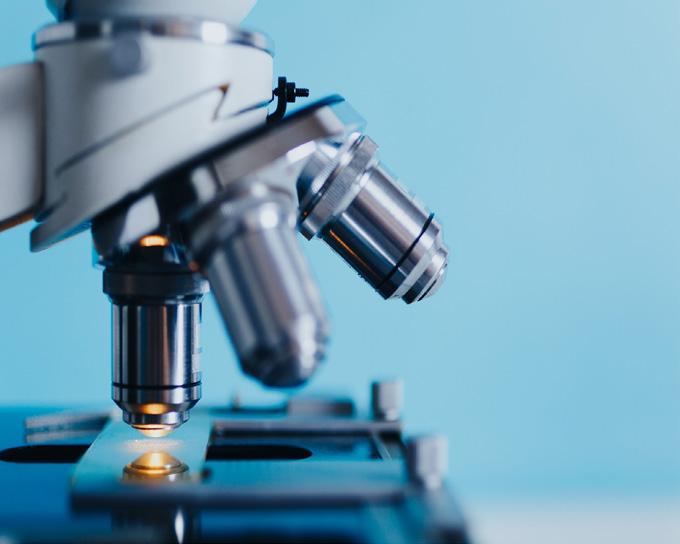
2 minute read
MIT New Engineering Education Transformation: Living Machines
With the diverse set of skills MIT students learn through different majors, the need for interdisciplinary teamwork is crucial for developing the latest technologies. The New Engineering Education Transformation (NEET) Living Machines thread exemplifies these principles through immersing students in biotechnology through diverse lenses. Much of the class focuses on humanizing drug development by creating ‘organ-on-chip’ technologies, where devices represent a specific organ or tissue in the human body that can be used for testing and development. Students of varying majors, including biological engineering, chemical engineering, computer science, mechanical engineering, and several others, are able to tackle problems in biotechnology through teamwork, cutting-edge coursework, and critical thinking workshops in project-based learning.
Advertisement
When asked to speak about the intentions behind NEET Living Machines, instructor Dr. Medhi Salek commented, “The whole idea of NEET is project based learning. MIT and other universities have a lot of great courses that are offered for students, but there is still a part of the learning that needs to be done outside of the class. The whole NEET program is based upon project-based learning”.
The courses required for NEET Living Machines differ from typical coursework in that they are primarily research based and cover more specific technical skills.
“The [Living Machines] thread offers a package for students. The interpersonal skills that students learn are really valuable for them. They learn how to do research projects in teams, which is useful especially in biotechnology where students need to know how to collaborate” added Dr. Salek, speaking about what benefits NEET Living Machines has for students.
The Living Machines thread has evolved over time, originally co-founded by Professor Linda Griffith of the Biological Engineering department. The structure of NEET Living Machines is track-based, where there are five different tracks for students to get an additional focus within biotech-- synthetic biology, tissue engineering, computational biology, immunology, and microfluidics.
NEET Living Machines student Julia Van Cleef is a sophomore planning on working with the computational biology track. She spoke about the most valuable part of the program thus far, adding: “Based on my track choice and other research experiences, I would normally never have the opportunity to work on projects relating to microfluidics. However, this semester we were able to go through the entire process of designing microfluidic devices from using CAD and
COMSOL softwares to model the device to actually going into the lab to 3d print molds and create a functional device. It was great to experience this process from start to finish and gain exposure to a relevant field in biotech.”
Due to COVID-19, the time spent in the lab for the NEET Living Machines classes has been limited, so the instructors are hopeful that the future would allow for more lab work.
When asked about the next steps for the program, Dr. Salek mentioned Living Machines would like to add even more interdisciplinary team projects-- specifically having students work on a more independent research project in the lab. This would allow for students to complete the program research requirements, while consequently emphasizing the unique aspects of NEET Living Machines.
The breadth of programs and academic diversity at MIT is one of the many reasons why it is such a special institution. Programs like NEET Living Machines exemplify this, allowing for students to enhance their time spent at MIT by gaining invaluable skills for the future.
— Tatum Wilhelm





